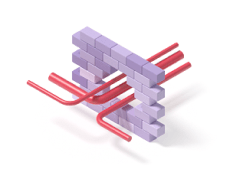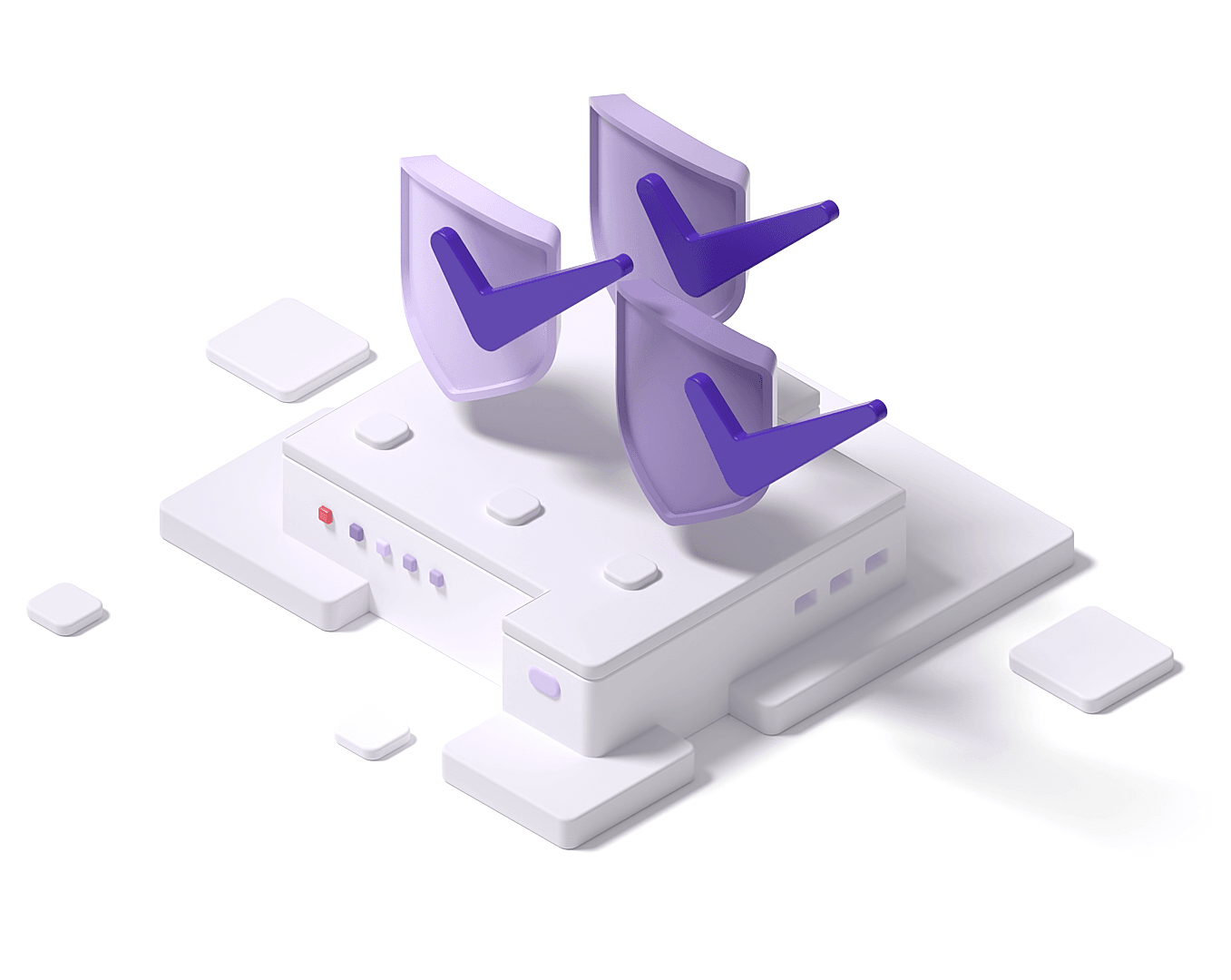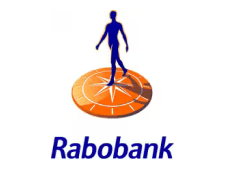EnglishHack ZTE router's admin panel
EnglishLet's say that you are connected to a public Wi-Fi. How difficult is it to crack the password to the admin panel of the router?

Even the mightiest fortress can fall to a minor breach. At WebSec, we offer advanced cybersecurity solutions, shielding businesses of every size from the threats of today and tomorrow.

Pentesting services involve conducting simulated cyber attacks on a system or network to identify vulnerabilities and assess security measures, helping organizations strengthen their defenses against real-world threats.
Learn about Pentesting
Security subscriptions provide a range of packages that include both offensive and defensive security solutions ensuring comprehensive security at a fair price for companies of all sizes.
Learn about Security Subscriptions
Staffing Services offer the perfect solution to augment your team with skilled security professionals, ensuring robust defense against cyber threats while enhancing operational efficiency.
Learn about Security StaffingExperience unmatched security with our groundbreaking 8-step approach. Our advanced techniques and innovative solutions provide unparalleled protection against emerging threats and vulnerabilities, taking security to new heights. Revolutionize your security measures with us.





English, DutchThe LatePoint Plugin plugin for WordPress was vulnerable to unauthorized access of data through Insecure Direct Object Reference, allowing for the exposure of customer payment data such as creditcards

EnglishIn this guide to pentesting Azure, we discuss the benefits of cloud penetration tests and the best Azure tools to identify & fix vulnerabilities.

EnglishLet's say that you are connected to a public Wi-Fi. How difficult is it to crack the password to the admin panel of the router?

EnglishMeta Description: Here's a guide to pentesting Azure, adapting approaches to different cloud environments, and best practices to identify & fix vulnerabilities.

EnglishYou may be curious, as a penetration tester, as to how a particular app feature operates or what library it utilizes. Otherwise, you may be interested in the underlying architectures or components of

We are currently registered at Keurenplein 41, UNIT A6260, 1069 CD Amsterdam, The Netherlands.
Our United States Address is 1021 E Lincolnway Suite #6400, Cheyenne, Wyoming 82001
Because WebSec can offer flexibility, diversity, transparency, speed and professionalism for the best quality at unbeatable rates.
Diverse: We are currently the only IT security organization in the Netherlands that can offer an all-in-one security solution subscription, for instance: our clients with a security subscription can do a security assessment (pentest) in January and a phishing campaign in February without any additional fee.
Flexible: Additionaly since the minimum contract is one year, we can perform these professional security projects at a lower rate for a fixed amount a month.
Also when our security subscription clients are unsure about what monthly service they require than they have the option to carry the number of hours to the next month, leaving room for larger assignments.
Professional: Unlike our competitors we are able to provide the highest possible quality of work, without overcharging our customers or compromising our quality standards.
Therefore guaranteering customer satisfaction and the security & protection of our clients IT environments all year round against the latest known and unknown cyber threats.
Agile: WebSec has no waiting times, WebSec can start an assignment immediately after discussing a start date and signing the required legal paper work.
At WebSec there is no such thing as waiting times or extra costs for urgent orders.
WebSec is available by phone 24/7 for our clients and we are ready to intervene in case of security incidents not only within the EU but almost anywhere in the world.
Transparency: At WebSec we think communication with our customers is very important, we strive to give the most professional experience at all times.
In this way we always keep a close eye on the how, what and when and keep our customers informed of any event.
Our core values are Integrity, Confidentiality and Availability. Therefore our clients never remain in the shadow but always in our spotlight.